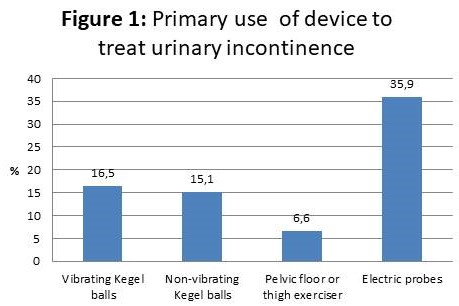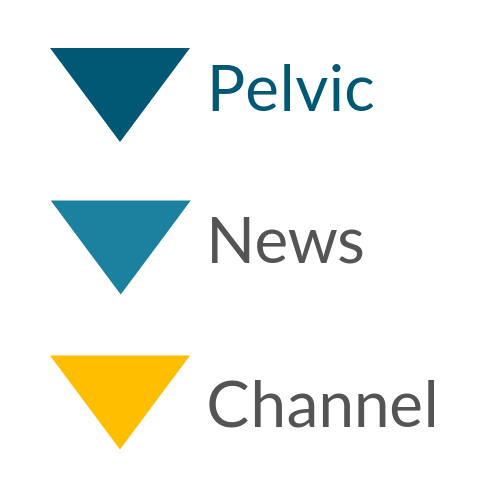On social media, I have noticed regular posts on products for sale that pretend to, within other things, treat urinary incontinence. Especially the so called pelvic floor or thigh exercisers (devices that you place between the thighs and you need to compress) create a lot of discussion among colleagues because we know this is not the way to exercise the pelvic floor muscles properly. In today’s blog I will discuss research on consumer reviews on a variety of these products. This will show us why consumers buy these products and what their experiences are.
Why did they do this study?
This study aimed to analyze pelvic floor muscle training devices by analyzing reviews from customers.
How did they do this study?
Amazon.com was searched for devices that claimed to exercise or train the pelvic floor muscles and help to solve urinary incontinence. The devices were grouped into four categories (mean price):
- Vibrating Kegel balls ($35.99)
- Non-vibrating (weighted) Kegel balls ($24.79)
- Pelvic floor or (inner) thigh exercisers ($22.99)
- Electric probes, internal probes giving electrical stimulation to the pelvic floor muscles ($159.95)
In each category the top five products with the most reviews were included. So in total 20 products were assessed. The reviews were checked for within: indication for device use, the device helped or not, ease to use, quality, comfort.
What did this study find?
The results are based on 2574 reviews in total (vibrating Kegel balls (n=1168), non-vibrating Kegel balls (n=750), pelvic floor or thigh exercisers (n=411), electric probes (n=245)).
Figure 1 shows the percentage a group of devises is primarily used (if shared in the review) to treat urinary incontinence. The pelvic floor and thigh exercisers were purchased in 6.6% of cases to treat urinary incontinence. The main reason they were used for was to train the thigh, hip or buttocks (36.3%). The vibrating and non-vibrating Kegel balls were also used for sexual pleasure.
65.7% of the reviews on electric probe devices were positive which was the least compared with the other three categories. When looking at the negative reviews the electric probe devices had the highest percentage compared with the other groups as well.

In 27.3% of the reviews on electric probe devices it was mentioned that it helped with incontinence as compared with (non)and vibrating Kegel balls (respectively, 11.1 and 12%). The pelvic floor and thigh exerciser products were only beneficial in 4.6% of the customer reviews.
What do these results mean (for the pelvic physical therapist)?
Most of the women who seek a device in an online store to treat urinary incontinence choose an electric probe. However, this is the most expensive device and therefore women might be tempted to buy the cheaper non- or vibrating balls instead. I was very, very happy to read that only very few women buy a pelvic floor and inner thigh exerciser to treat their urinary incontinence.
This research has of course its limitations but with that in mind it also gives a nice overview of consumer experiences and buying behavior.
Reference:
Hannah S Thomas, Austin W Lee, Behnam Nabavizadeh, Patrick Martin-Tuite, Nikan K Namiri, Nizar Hakam, Natalie Rios, Anthony Enriquez, Nnenaya A Mmonu, Benjamin N Breyer, Evaluating the primary use, strengths and weaknesses of pelvic floor muscle training devices. Neurourol Urodyn. 2020 Nov 2. doi: 10.1002/nau.24560. Online ahead of print.









Very nice post. I definitely love this site. Continue
the good work!